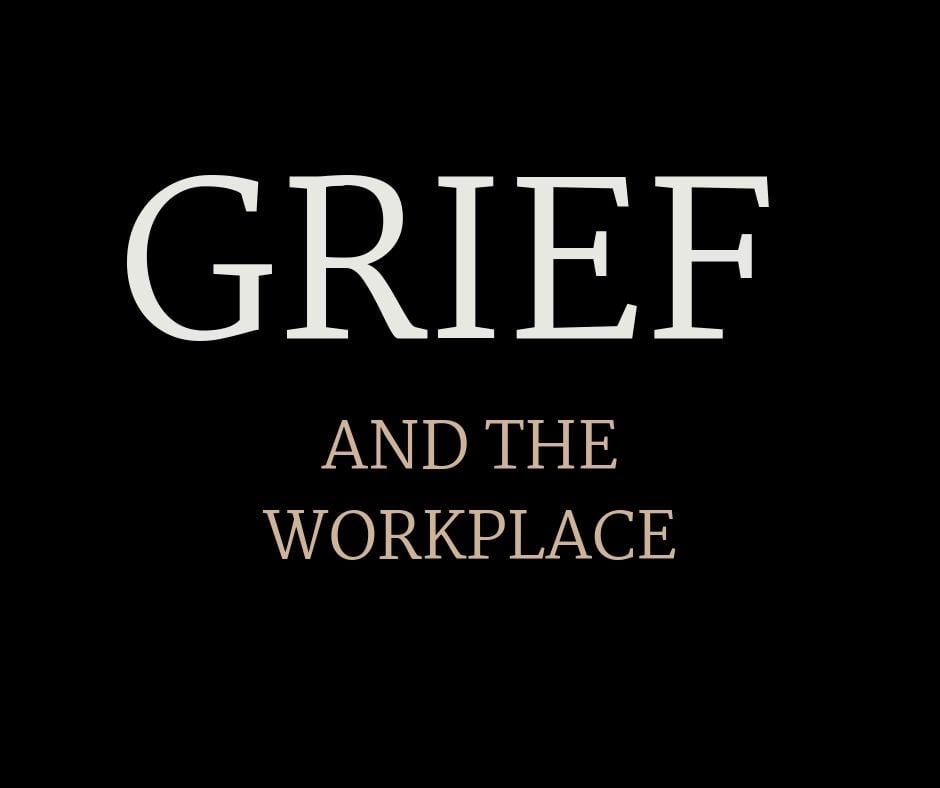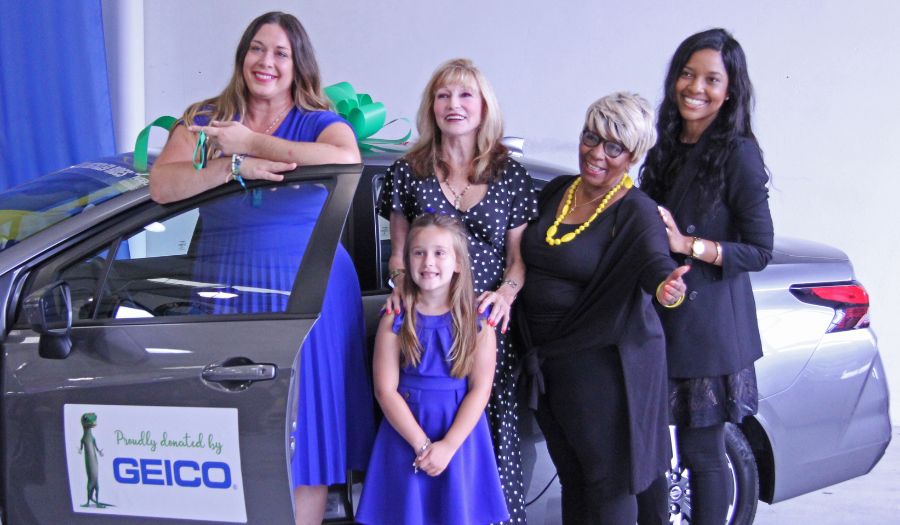My friend had only been back to work a few days after her mother died when she made a mistake -- one that was big enough to really honk off one of her colleagues, who did not hold back on her feedback to my friend.
My friend reeled from both the stupidity of her error and her colleague’s harshness, After careful consideration, she decided to tell her colleague that she had just lost her mother.

It was a dicey call. My friend didn’t want to sound like she was making an excuse. But more than that, she didn’t want to sound like she couldn’t do her job. It had been 10 days since her mother had died. After three days of bereavement leave, she was expected to be at her desk and on the job and not making dumb mistakes.
Which is a totally unrealistic expectation. Many of us say we want to create a culture where people can bring their best selves to work, yet many businesses still persist in an antiquated standard for managing grief. Harvard Business Review reports that in 2016, the average time off for the death of a spouse or a child is four days; three days for another close family member; and one or two for a more distant family member.
Three days after I lost my parents, I could barely make coffee.
“Grief is a universal human experience, yet workplace culture is often inhospitable to people suffering profound loss,” write mental health and workplace professionals Gianpiero Petriglieri and Sally Maitlis in the July/August 2019 issue of Harvard Business Review.
Worse, when the grieving person does come back to work, everyone’s instinct is to “not upset" him or her, which too often translates into not talking about it. The grieving person then has the added pressure to keep up appearances until, as what happened to my friend, the inevitable happens and mistakes are made.
.jpg?width=940&name=Grief%20and%20Workplace%20(1).jpg)
I don’t think the answer is necessarily much longer leave; many of us actually crave a return to normalcy. Being able to contribute and serve a purpose can be a great gift in the middle of grieving. In her book Option B about losing her husband, Facebook executive Sheryl Sandberg talks about her first few days back at work and how, out of the haze, she had her first moment of relief from grief: “Then at one point I was drawn into the discussion and for a second—maybe half a second—I forgot. I forgot about death.” She adds later in the book, “Work gave me a place to feel more like myself, and the kindness of my colleagues showed me that not all aspects of my life were terrible.”
Drawing on my experiences as both a leader and a griever, I offer these five things leaders can do to help create a place where employees can feel safe and supported when the worst happens:
1. Anticipate and plan for it. Nothing in life is more certain than death. Whether you’re a corporate team leader or a sole proprietor, invest in and sustain a wide network of talent resources so that when the inevitable happens to your top talent, you’re covered from a business perspective. We all run lean organizations, but stuff happens, including illness and accidents. Also, childbearing. This is life. Be ready.
2. Show up. Go to the wake, pay the shiva call, send a note. I had another friend who suffered a loss and nearly all his work colleagues showed up...except for his immediate supervisor. All she mustered was a store-bought card with her signature. It may very well be that she had issues facing grief as many of us do, but her perceived coldness in that circumstance compromised her leadership effectiveness thereafter with her entire team. Conversely, another friend saw her demanding manager in a new and different light after the manager showed up unexpectedly at her father’s wake, leading to a long term productive mentoring relationship.
3. Talk about it. We all hate the thought of crying at work, so we want to “protect” the grieving person from breaking down. As if that were possible. “I’d start a meeting thinking, I can do this, only to have tears well up, forcing a quick exit with a hasty ‘I’m so sorry,’” Sandberg writes. It’s not in our power to control our grieving employee’s emotions--it’s not even in the employee’s power. If an employee ran from one of my meetings as Sandberg did, I would tell everyone else in the room that it’s OK and would check in a bit later with the employee and say the same thing.
4. Create a safe space. A grieving team member impacts the whole team. You’re going to need to get work reassigned and deal with deadlines but start by talking about it. Let people tell their own stories and also let people know it’s OK not to talk about it. The point is to avoid pretending nothing has happened. In the case of my friend who lost her Mom, telling her colleague what happened defused the situation immediately. Her colleague not only apologized for getting tense but threw her a lifeline going forward so she had a safe space at work with at least one person.
5. Help the grieving employee normalize. As noted above, returning to a semblance of normalcy is important for the grief-stricken, but grief is a long-term process over which we have no control. Mistakes will be made, memory will be compromised. The Harvard Business Review article notes an especially cruel aspect of grief is that it makes us self-critical. We blame ourselves for the loss itself, for the inability to prevent the pain of other family members, for the inability to remember where we parked our car at the airport (that last one was me after my Dad died--shoutout to the wonderfully patient Hartsfield-Jackson security team). Be aware in giving feedback, not just in the immediate aftermath, but for many months going forward. Help the employee succeed by observing what goes well and giving more of those assignments.
Finally, when it happens to you--and it will--be good to yourself and be honest with clients and bosses. My Mom died a few days before a client's big trade show. My first thought was to say nothing to the client who had his own stresses. But that became impossible, not to mention ridiculous since we had known each other for years. I was stunned and appreciative that he took on what he could with his small team to finish getting ready and, in turn, I think he was stunned and appreciative that I showed up and ran our activations. It actually was a bright spot during a horribly dark period because I DID feel good that I could contribute and I also felt like I was honoring my Mom’s work ethic.
I am grateful that Harvard Business Review did this article by Gianpiero Petriglieri and Sally Maitlisgoes. Similar articles on the site were all less than 10 years old, which tells me that business is moving in the right direction in terms of how we view our human resources and our humanity. The authors note that, for better or worse, the workplace has become the primary community for many of us, replacing extended family and neighbors. It’s on us as leaders to recognize that fact and prepare for us. It’s good business.
Share this
You May Also Like
These Related Stories

A Dialogue About Career Breaks

"I am Worthy"


